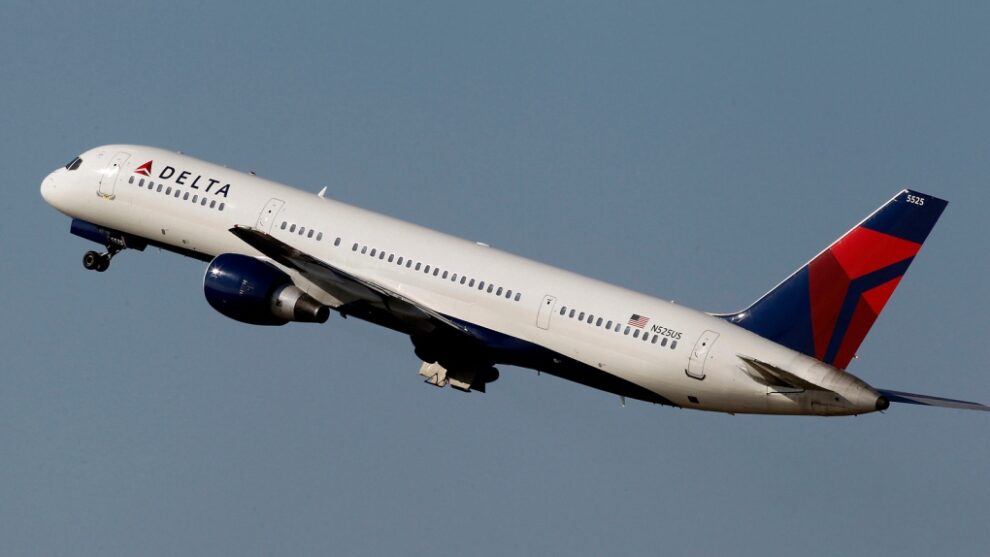Recently, Delta Air Lines announced the latest piece of its winter long-haul Latin America network, a seasonal flight from New York’s John F Kennedy International Airport (JFK) to Buenos Aires’s Ministro Pistarini International Airport (EZE). If one hopes to visit Argentina for the Christmas holiday, as many do, the fares on this route are truly mind-boggling. Departing on Friday, December 22nd (the first day most working people would leave for the holiday break) and returning a week later on December 29th, an economy-class ticket on this route is currently going for over $4,000 roundtrip.
Meanwhile, a flight from Los Angeles International Airport (LAX) to London-Heathrow International Airport (LHR) during the same period features business class tickets for the carrier’s Delta One suites for just over $4,500. Thus, why is it the case that for a flight of roughly the same length, economy class prices to South America are comparable with business class flights to Europe? Overall, what overarching factors cause direct flights from the United States to Southern South America to be so expensive? The answer is far more straightforward than one might expect.
The key issue at hand
The challenge which makes flights from the United States to Southern South America so unaffordable is the incredible difficulty in scheduling such journeys. Currently, every airline flying from the US to Buenos Aires flies overnight. Using Delta‘s flight from New York to Buenos Aires as an example, we see that the departing leg takes off from JFK at 8:50 PM, arriving the following morning at 10:00 AM. On the return journey, the flight takes off from EZE at 10:10 PM and touches down back in New York at 7:05 AM.
Here, we can immediately notice the primary issue with this flight: Delta’s Boeing 767-400 sits idle on the apron in Buenos Aires for a full 12 hours, making the carrier no money whatsoever. Therefore, when pricing these flights, the airline must account for the opportunity cost of leaving the aircraft on the ground in South America for an entire day.
What are some potential ways around the problem?
There are, however, some ways in which airlines have attempted to reduce operational disadvantages with long-haul South American flights. One solution that has come to mind is making adjustments to traditional overnight flight schedules to help diminish aircraft underutilization.
Aerolineas Argentinas has adjusted its EZE-JFK flight schedule, with flights arriving in New York at 9:30 AM and departing earlier at 3:25 PM. While this allows the aircraft to sit idle for only six hours instead of twelve, return flights arrive in Buenos Aires at 3:25 AM, which for many travelers, is rather unideal.
Find the latest South American aviation news here
Another thing airlines have attempted to do to address the scheduling issue is to find better ways to utilize their aircraft’s time on the ground. In South America, labor costs are significantly lower than in the United States, making maintenance operations far cheaper on the continent. For this reason, many airlines are beginning to rotate their aircraft through South American routes to perform maintenance while jets sit on the apron. Using this strategy, Delta maintains a large facility for TechOps, the carrier’s operational maintenance division, at São Paulo’s Guarulhos International Airport (GRU).
Source : Simple Flying
















